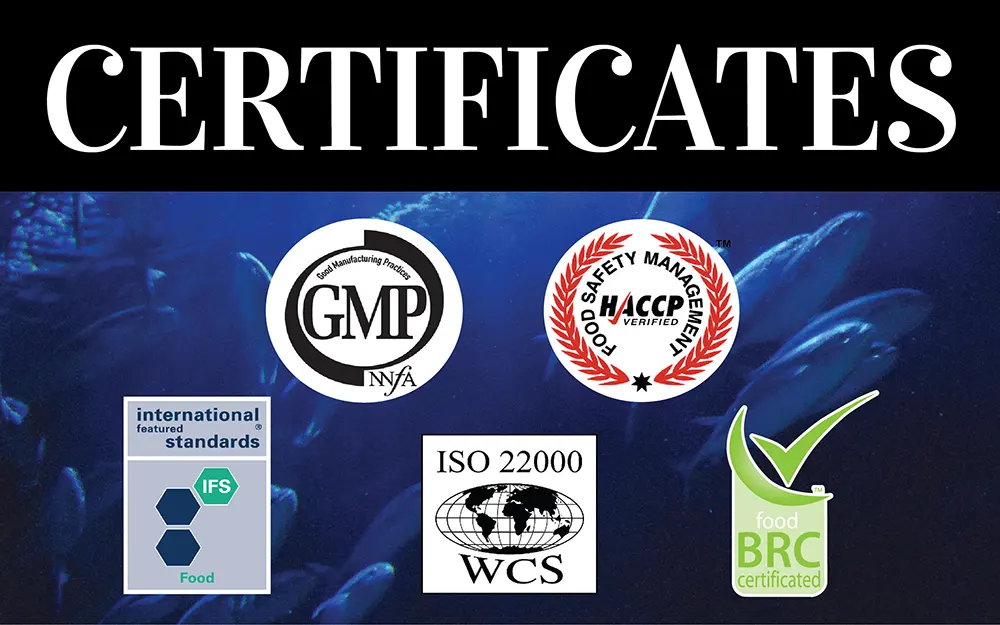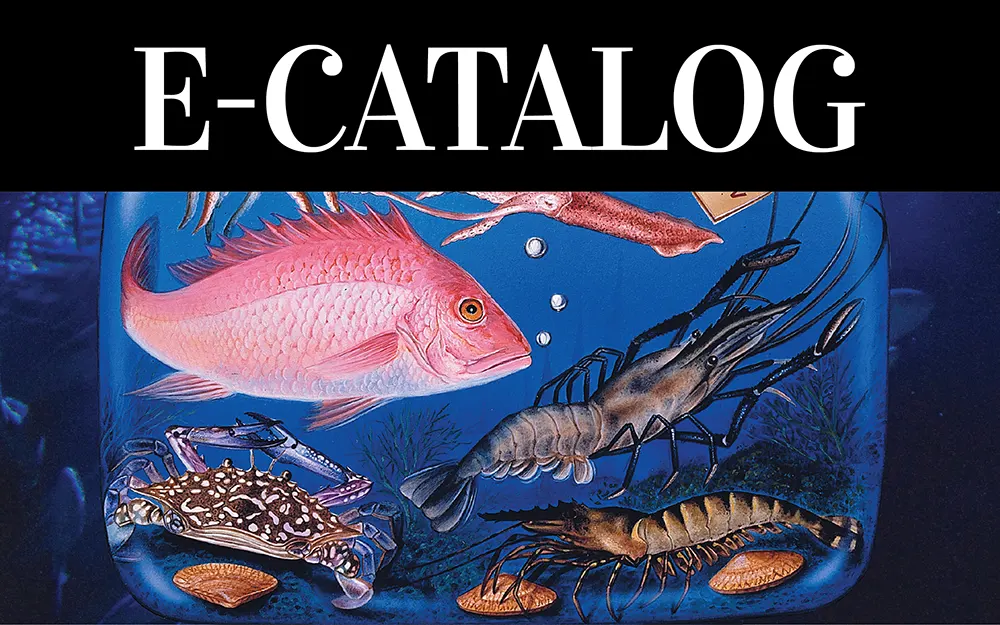
Siam Canadian CEO doesn’t see shrimp prices dropping in First half of 2021: Undercurrentnews
Tom Seaman: UnderCurrentNews
Even though the weakness in coronavirus-hit North American foodservice markets will continue in the first half of next year, shrimp prices are unlikely to drop in the period, said Jim Gulkin, CEO of pan-Asian supplier Siam Canadian Group.
The US has imported 613,896 metric tons of shrimp worth $5.3 billion during the rst 10 months of the year and so is on pace to top its 2019 volume and value performance by 8%, according to data from the National Oceanic and Atmospheric Administration (NOAA).
According to the NOAA data, the US imported 78,731t of shrimp worth $693.1 million in October, a 6% increase in volume and a 5% increase in value year-on year.
Although US imports are up and cold-storage holdings are high, the high inventories don’t necessarily signal a weak market and mean prices drop, said Gulkin, whose Bangkok, Thailand-based company has sales of over $300m and offices in China, India, Indonesia, Myanmar and Vietnam.
“If shrimp prices drop, I think unlikely it will happen in the first half of 2021,” Gulkin told Undercurrent News.
“The retail demand in the US continues to be very strong, and we are seeing new orders continuing to be placed. I suspect that much of the cold-storage inventories in the USA are product that is booked and con rmed for retailers but not yet delivered,” he said. “There is nothing much to indicate a rming market in the rst half of 2021 but continued strong retail demand and typically lower H1 production will prevent any real weakness.”
Importers are “well aware” of the lack of business in the foodservice sector, he said. “We, ourselves, have seen a massive drop in orders for foodservice.”
However, Gulkin said he’d “be surprised” if there are vast quantities of inventory for the foodservice business. “Most importers have been very cautious bringing in inventory for foodservice.”
As the COVID-19 situation in the US and Canada – although to a lesser extent -continues to worsen, “it’s a safe bet that foodservice sales will drop further” he said. But, as people continue to eat at home rather than going out to restaurants, the retail sector will continue to be strong.”
Demand in the upcoming holiday period in North America is unknown, he said. “Will fewer family gatherings, fewer home parties, of ce parties, etcetera, have an impact on retail sales? Possibly, which may leave some inventory post-holidays. But the sector will continue to be strong, going forward. So, I expect if there are higher than expected inventories post-holidays, they will work their way through the system within a reasonable timeframe.”
In the second half of 2021, the vaccine “will be a factor”, said Gulkin. “Once the vaccine is broadly distributed, and things start to return to normal in terms of restaurants, hotels, travel, theme parks, casinos, etcetera, then we will see an uptick in the market. If there are major problems getting the vaccine out, the scenario could be different,” he said.
Currently, raw material prices in Thailand, Vietnam and India are rm, as can be seen on Undercurrent’s prices portal.
Indonesia prices are “slightly soft” as harvests continue with most holiday orders completed, said Gulkin. “Prices are already very low so I really don’t see much potential for a drop here.”
In 2021, farmed production should be slightly up from 2020, but there won’t be much of an increase in landings until April-June, he said.
2021 production forecast
Forecasting 2020, let alone 2021, shrimp production has been a moving target due to the uncertainty of the pandemic. The forecast given on Undercurrent‘s September shrimp webinar was for a signi cant drop in global production of as much as 600,000t, but the situation has improved since.
During the 2020 Global Outlook on Aquaculture Leadership (GOAL) conference in October, Rabobank’s Gorjan Nikolik presented the survey data showing a 10.% drop in 2020 to just over 3.5m metric tons.
Then, 2021 should see a good recovery of 8.4%, once again nearing 4m, according to the GOAL survey.
Speaking during the online Aqua Expo Guayaquil in November, Nikolik said the GOAL forecast is a bit bearish. A recent recovery in Chinese orders, the rise in Ecuadorian production, and India’s faster-than-expected recovery might lead 2020 global shrimp production to drop less than previously forecasted, he said.
This forecast was “maybe a little too negative” since it incorporated a “huge” decline of 26% in India, said Nikolik.
Indian shrimp production is likely to decrease by 10-15%, which is still a signi cant drop, he said.
Additionally, some countries, like Indonesia, could actually increase production, a factor that is also not included in the GOAL survey, Nikolik said.









